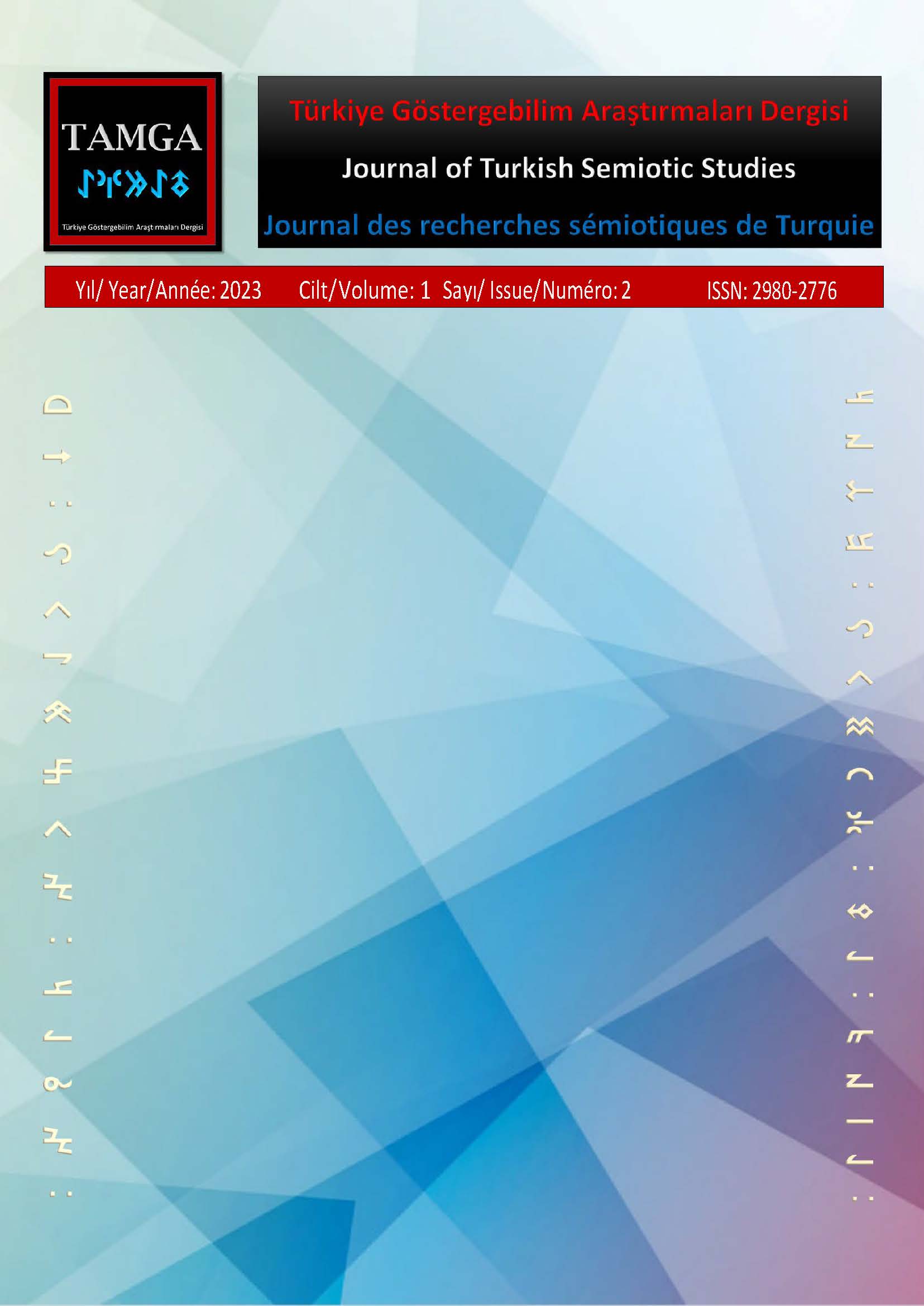Les arts du spectacle dans le processus de formation de l'indicateur
DOI :
https://doi.org/10.5281/zenodo.10442919Mots-clés :
Sémiotique, arts, performance, existence, passionRésumé
Le présent texte vise à démontrer les fonctions sémiotiques (essentielles ou complexes) dans l'expressivité artistique. Ce texte se concentre sur les arts de la scène sous différentes formes pour montrer les signes du mouvement permanent et de la changeabilité. La "transformation" et la "transcendance" sont les notions de base à travers lesquelles je tente de révéler la fonction sémiotique dans les expressivités mentionnées, qui impliquent la compréhension ontologique ou épistémologique des signes.
Références
Barthes, R. (1992). S/Z. Hill and Wang.
Beker, M. (1991). Semiotika književnosti. Zavod za znanost o kjiževnosti Filozofskoga Fakulteta u Zagrebu.
Bourdieu, P. (1982). Language & Symbolic Power. Polity Press.
De Saussure, F. (1959). Course in general Linguistics (A. Belly, Charles; Sechehave, Ed.). Philosophical Library.
Deely, J. (2009). Purely Objective Reality. Mouton, de Gruyter.
Eco, U. (1968). La struttura assente (la ricerca semiotica e il metodo strutturale). Bompiani.
Eco, U. (1975). Trattato di semiotica generale. Bompiani.
Eco, U. (1976). Theory of Semiotics (T. A. Sebeok, Ed.). Indiana University Press.
Eco, U. (1979). Lector in fabula (la cooperazione interpretativa nei testi narrativi). Bompiani.
Eco, U. (1980). Il nome della rosa. Bompiani.
Eco, U. (1984). The Role of the Reader (Explorations in the Semiotics of Texts). Indiana University Press.
Greimas, A. J., & Fontanille, J. (1993). The Semiotics of Passions: From State of Affairs to States of Feelings. The University of Minnesota Press.
Greimas, A. J. (1973). On Meaning. University of Minnesota Press.
Griffin, E. (2003). A First Look at Communication Theory. McGraw-Hill.
Hoxha, B. (2016a). Semiotics of precision and imprecision. Semiotica: Journal of the International Association of Semiotic Studies, 213, 539–555. https://doi.org/10.1515/sem-2015-0077.
Hoxha, B. (2016b). Sui limiti della semiotica. La soggettività opposta all’oggettività 1. EC - Rivista di semiotica dell’Associazione italiana degli studi semiotici.
Hoxha, B. (2017). Fiction and Reality in Eco’s Words. In T. Tefellsen & B. Sorensen (Eds.), Umberto Eco in is Own Words (Semiotics, pp. 236–242). De Gruyter, Mouton Editions.
Hoxha, B. (2018). The Interpretative Nature of the Text as a Semiotic Strategy. Beder University Journal of Educational Sciences, 18(1), 1–13.
Ivič, M. (1970). Pravci u lingvistici. Državna Žalozba Slovenije.
Peirce, C. S. (1960). Collected Papers of Charles Sanders Peirce (Volume I: “Principles of Philosophy” and Volume II: ‘Elements of Logic”) (C. & Hartshorne & P. Weiss, Eds.). The Belknap of Harvard University Press.
Tarasti, E. (2000). Existential Semiotics. Indiana University Press.
Tarasti, E. (2012). Semiotics of Classical Music (How Mozart, Brahms and Wagner talk to us). De Gruyter, Mouton Editions.
Tarasti, E. (2015). Sein und Schein (Explorations in Existential Semiotics). De Gruyter, Mouton Editions.
Téléchargements
Publiée
Comment citer
Numéro
Rubrique
Licence
(c) Tous droits réservés Bujar Hoxha 2023

Ce travail est disponible sous la licence Creative Commons Attribution 4.0 International .



